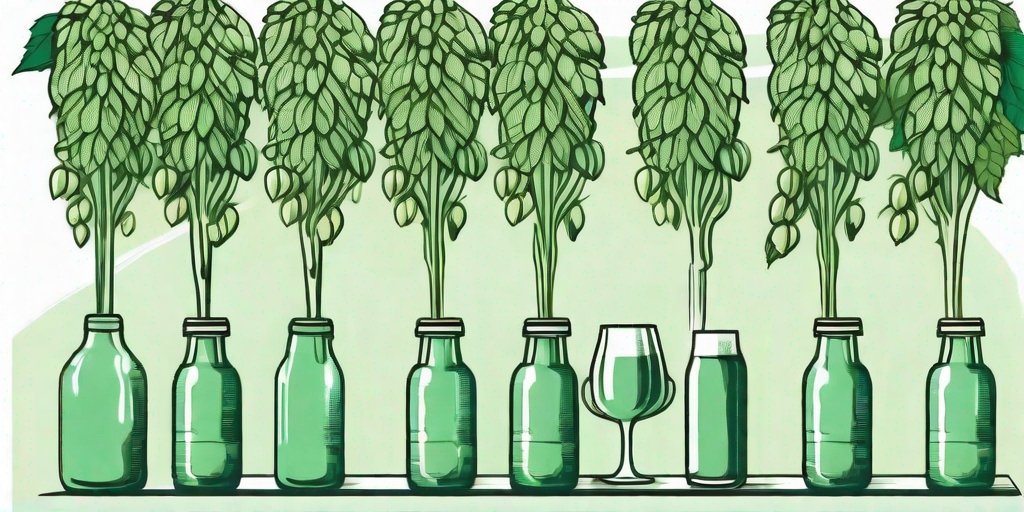
Ah, the humble hop! That magical ingredient that transforms ordinary barley water into the golden nectar we all know and love. But have you ever wondered about the journey these little green cones take to end up in your pint glass? Well, buckle up, beer lovers, because we're about to take a deep dive into the world of hops harvesting.
The Life Cycle of a Hop
Like any good story, ours begins with a seed. Or in this case, a rhizome, which is a piece of root from a mature hop plant. These rhizomes are planted in the spring and, with a bit of luck and a lot of sunshine, will grow into towering hop bines (that's right, bines, not vines).
Throughout the summer, these bines will produce the hop cones we're all familiar with. These cones are actually the female flowers of the hop plant and contain the essential oils and acids that give beer its distinctive flavor and aroma. But before these cones can be harvested, they must first be pollinated by the male hop plants.
Harvesting the Hops
Fast forward to late summer or early fall, and it's time for the main event: the hop harvest. This is a labor-intensive process that involves cutting down the bines, stripping off the hop cones, and then drying and packaging them for transport to the brewery.
But don't think that this is a simple task. Oh no, my friends. Harvesting hops is a delicate art that requires a keen eye and a gentle hand. Pick the hops too early, and they won't have developed their full flavor. Pick them too late, and they can become overripe and lose their potency. It's a balancing act that requires years of experience to master.
From Farm to Brewery
Once the hops have been harvested, they're not quite ready for the brewing process. First, they must be dried to reduce their moisture content and prevent spoilage. This is typically done in a kiln, where the hops are spread out on a mesh floor and heated to a precise temperature.
After drying, the hops are then packaged into bales or pellets and shipped off to the brewery. Here, they will be added to the brewing process at various stages to impart their unique flavors and aromas to the beer.
Into the Brew Kettle
The final stage of the hop's journey is in the brew kettle, where it is boiled with the malted barley to create the wort. The boiling process extracts the essential oils and acids from the hops, which then infuse the wort with their characteristic flavors and aromas.
And there you have it, folks! From farm to pint glass, that's the journey of a hop. So next time you're enjoying a cold one, take a moment to appreciate the hard work and dedication that goes into every sip.
FAQs
When is the best time to harvest hops?
The best time to harvest hops is typically in late summer or early fall, when the cones have fully developed and are at their peak of flavor and aroma. However, the exact timing can vary depending on the variety of hop and the local climate.
How are hops dried?
Hops are dried in a kiln, where they are spread out on a mesh floor and heated to a precise temperature. This process reduces the moisture content of the hops and prevents spoilage.
What do hops add to beer?
Hops add several key elements to beer, including bitterness to balance the sweetness of the malt, flavor, and aroma. They also have natural preservative properties that help to extend the shelf life of the beer.
Fun Facts About Hops
- Hops are a member of the same family as cannabis. However, they don't contain any THC, so you won't get a buzz from your beer (well, not that kind of buzz anyway).
- The world's largest hop producing country is Germany, followed closely by the United States.
- There are over 100 different varieties of hops, each with its own unique flavor and aroma profile.











